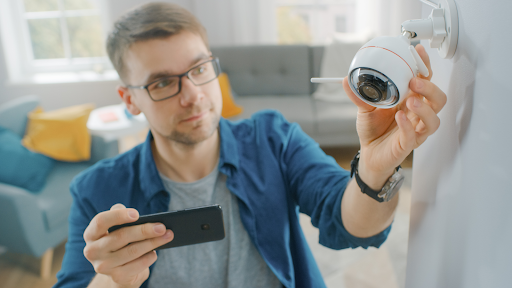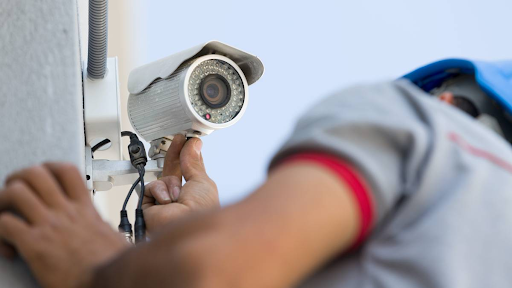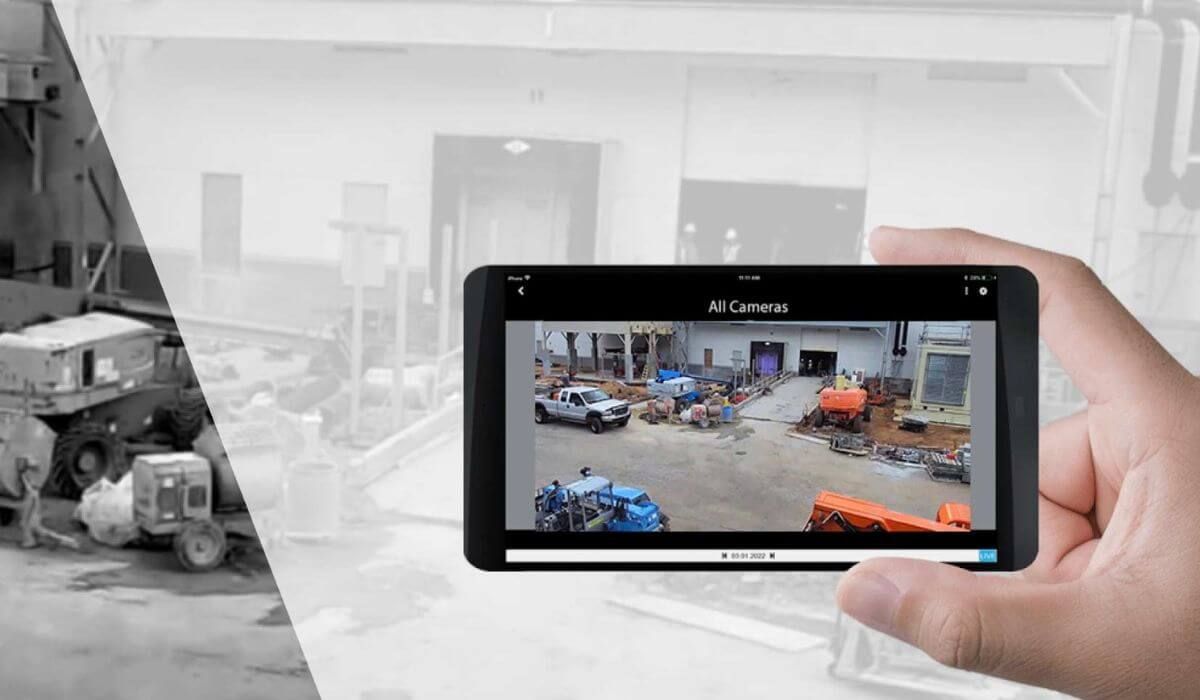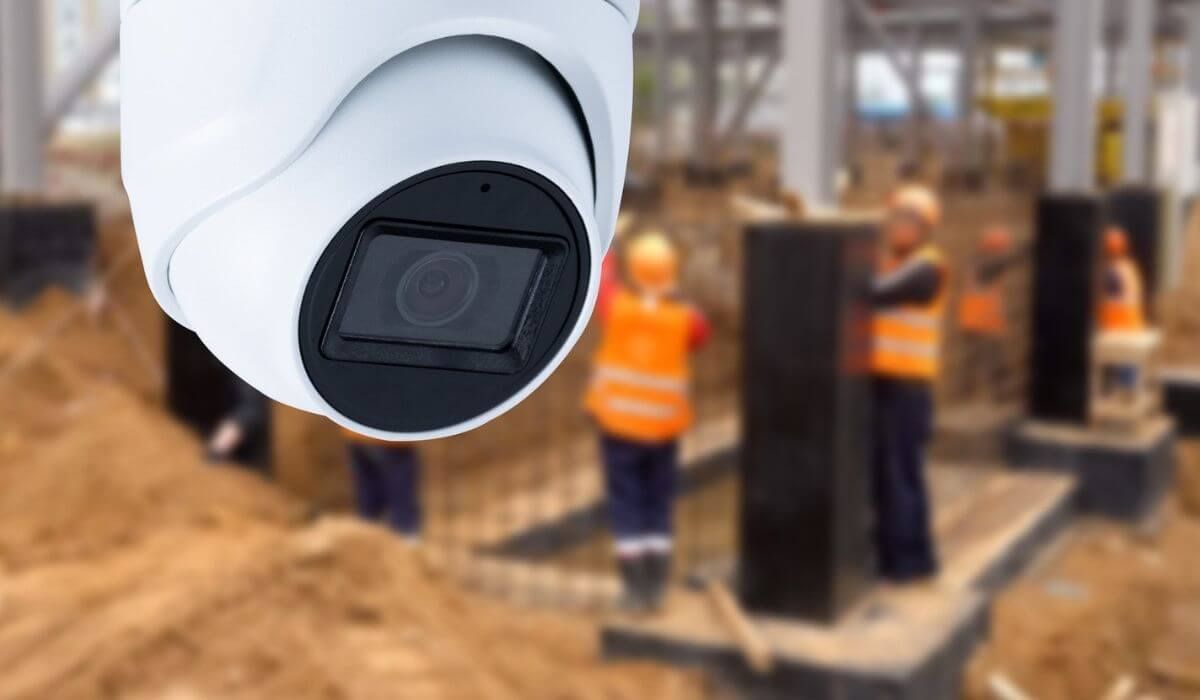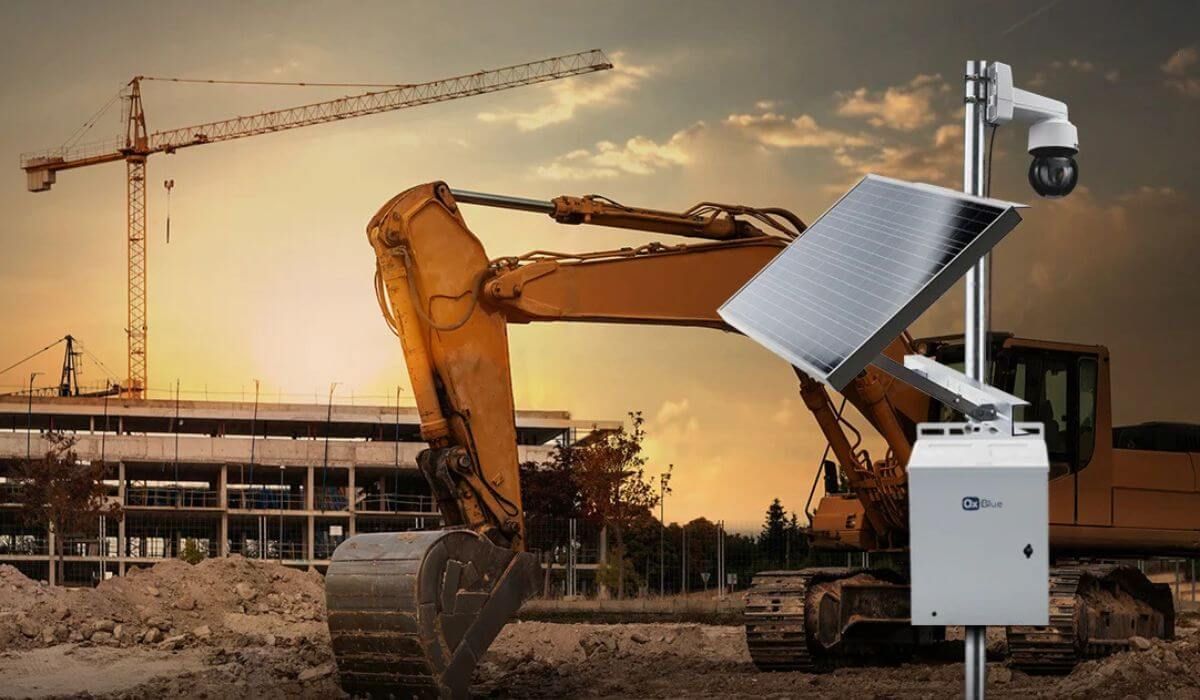Understanding Video Surveillance Camera Systems
In today’s world, securing our homes has become more important than ever. A reliable video surveillance system not only deters potential intruders but also provides homeowners with peace of mind, knowing that their property and loved ones are safe. With various camera types and features available, choosing the right setup can be a bit overwhelming. This guide will walk you through the essentials of video surveillance, exploring the different camera options, crucial features, and installation tips to help you make an informed choice that fits your specific needs and budget. Whether you're a first-time buyer or looking to upgrade, this overview will ensure you have a solid understanding of home surveillance systems.
Understanding Video Surveillance Camera Systems: Key Components
Video surveillance camera systems
are essential tools for modern home security. They provide homeowners with peace of mind, knowing that every corner of their property is being monitored for potential security threats. From deterring unwanted visitors to capturing critical footage during incidents, a well-chosen surveillance system enhances the overall safety of any residence.
Different Types of Video Surveillance Cameras
Choosing the right type of camera is crucial, as each kind offers unique benefits and limitations. Here are the main types available on the market:
- Bullet Cameras: Named for their cylindrical shape, bullet cameras are ideal for monitoring larger areas, such as backyards or driveways. They typically have a longer range and are often used outdoors due to their durability.
- Dome Cameras: Known for their discreet design, dome cameras are well-suited for indoor environments. They provide a wide field of view and are more resistant to tampering, making them a popular choice for home interiors.
- PTZ (Pan-Tilt-Zoom) Cameras: These cameras offer flexibility with their remote-controlled movement and zoom capabilities. They are excellent for those who want to cover large spaces or adjust viewing angles remotely.
- Hidden Cameras: Often used for discreet surveillance, hidden cameras are designed to blend in with their surroundings. While they may lack some of the advanced features found in other types, they are ideal for homeowners seeking unobtrusive monitoring.
Essential Features of Surveillance Systems
To ensure that your chosen system meets your security needs, look for these critical features:
- Resolution: High-definition cameras (1080p or higher) provide clear, detailed footage, essential for identifying faces, license plates, and other important details.
- Night Vision: Most break-ins occur under the cover of darkness, so night vision technology is crucial. Infrared cameras can capture clear footage even in low-light conditions.
- Field of View: A camera with a wide-angle lens can cover a broader area, reducing the need for multiple cameras. Check each camera’s field of view specifications to ensure you’re covering critical spots effectively.
- Audio Capabilities: Some cameras feature two-way audio, allowing homeowners to communicate with visitors or potential intruders. This can be helpful for verifying identities or addressing suspicious activity.
How to Choose the Right Video Surveillance Camera System for Your Home
Selecting a video surveillance system that best suits your home requires a thorough assessment of your security needs, budget, and desired features.
Assessing Your Home Security Needs
To determine the best surveillance setup for your home, consider factors such as your property’s size, layout, and areas of potential vulnerability:
- Identify High-Risk Areas: These could be entry points such as doors, windows, garages, and driveways. Monitoring these locations can deter intruders and provide critical evidence if needed.
- Outdoor vs. Indoor Coverage: Assess whether you need both indoor and outdoor cameras. While indoor cameras help with monitoring household activity, outdoor cameras are more effective for security and deterrence.
Budget Considerations for Your Surveillance System
Establishing a budget before exploring options will help you find a system that balances cost and quality. Here's a general breakdown:
- Affordable Systems: Basic models often provide standard features like 1080p resolution and motion detection but may lack advanced functionalities.
- Mid-Range Systems: These systems typically offer higher resolution, weatherproof design, and night vision capabilities, making them ideal for most households.
- High-End Systems: Advanced models come with features like 4K resolution, AI-based facial recognition, and remote zoom capabilities, making them suitable for users seeking top-tier performance.
Installation Options for Your Video Surveillance System
Once you've selected the right system, you’ll need to decide on the best installation approach—whether to tackle it yourself or enlist professional assistance.
DIY Installation vs. Professional Installation
DIY installation may be appealing for cost savings, but it requires a certain level of technical skill and time investment.
- DIY Camera Setup: Many wireless systems are designed with ease of installation in mind, and they can be set up with minimal tools. However, improper installation can result in blind spots, poor image quality, or system malfunctions.
- Professional Installation Services: Professional installers can ensure optimal camera placement, proper wiring, and full system functionality. Although more expensive, professional installation is recommended for those wanting a hassle-free experience and expert guidance.
Common Installation Mistakes to Avoid
Avoiding these common mistakes can ensure that your cameras perform efficiently:
- Ignoring Field of View: Overlapping or insufficient coverage can leave blind spots. Make sure each camera covers its intended area without excessive overlap.
- Improper Height Placement: Cameras placed too high or low can capture unclear footage. Aim for a height of 8–10 feet for optimal coverage.
- Not Testing the System: Before finalizing the installation, test each camera’s view, recording, and connectivity to ensure everything functions as expected.
Maintaining and Troubleshooting Your Video Surveillance System
Routine maintenance and troubleshooting are necessary to keep your surveillance system operating effectively. Regularly checking for wear and tear can prevent unexpected downtime.
Regular Maintenance Tips
Following these maintenance tips will help extend your system's lifespan and maintain performance:
- Clean Camera Lenses: Dust and debris on lenses can reduce image clarity. Gently clean the lenses with a microfiber cloth every few months.
- Check Software Updates: Many smart cameras come with firmware that requires updates to improve security features and fix bugs. Regular updates ensure optimal functionality.
Troubleshooting Common Surveillance Issues
If you encounter any problems, here are solutions for some common issues:
- Poor Image Quality: If footage appears blurry or pixelated, check for dirt on the lens, adjust the camera focus, or consider upgrading to a higher-resolution model.
- Connection Problems: Frequent disconnections may indicate issues with your Wi-Fi range or network bandwidth. Consider using a wired connection for more stability or moving the router closer to the camera.
Conclusion
Choosing the right video surveillance camera system can significantly impact your home’s security. By understanding the different camera types, essential features, and installation methods, homeowners can make informed decisions that best protect their property. Regular maintenance and awareness of common troubleshooting tips will keep the system effective for years to come.
Ready to enhance your home’s security with a tailored video surveillance system? Explore options that fit your needs and budget, and consider consulting professionals
for installation support to ensure your home remains protected at all times.
FAQs about Video Surveillance Camera Systems
What is a video surveillance camera system?
A video surveillance system consists of cameras strategically placed around a property to monitor and record activity. These systems are used to enhance security, deter crime, and provide homeowners with peace of mind.
How do I choose the right camera for my home?
Consider factors like camera type, resolution, and special features (e.g., night vision, audio capabilities). Assess your specific security needs and budget to determine the best option.
Is professional installation necessary for security cameras?
Professional installation ensures optimal placement and secure connectivity but may not be necessary for smaller, simpler systems. Many DIY systems are now easy to install with minimal tools.
Can I integrate my video surveillance system with smart home technology?
Yes, many modern surveillance systems are compatible with smart home setups. Cameras can work with devices like smart locks, alarms, and assistants, offering enhanced convenience and control.

